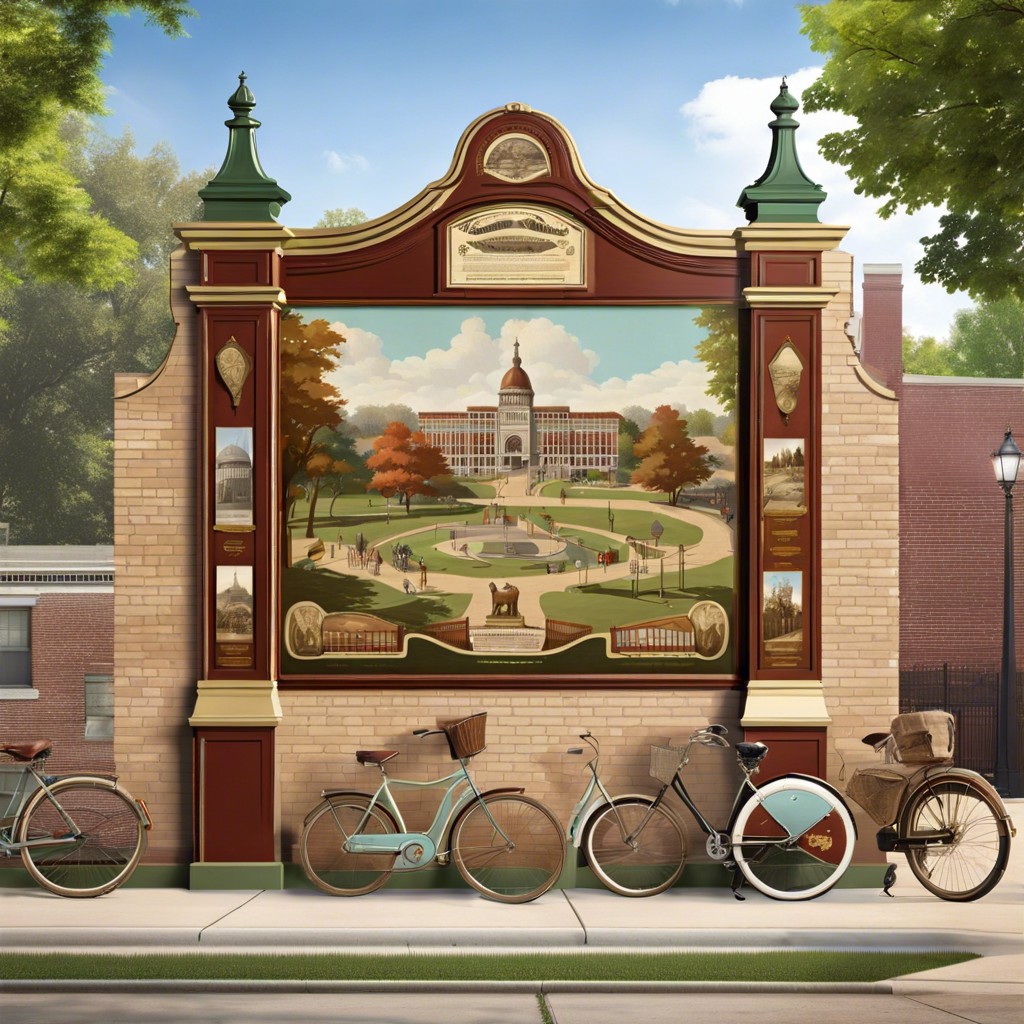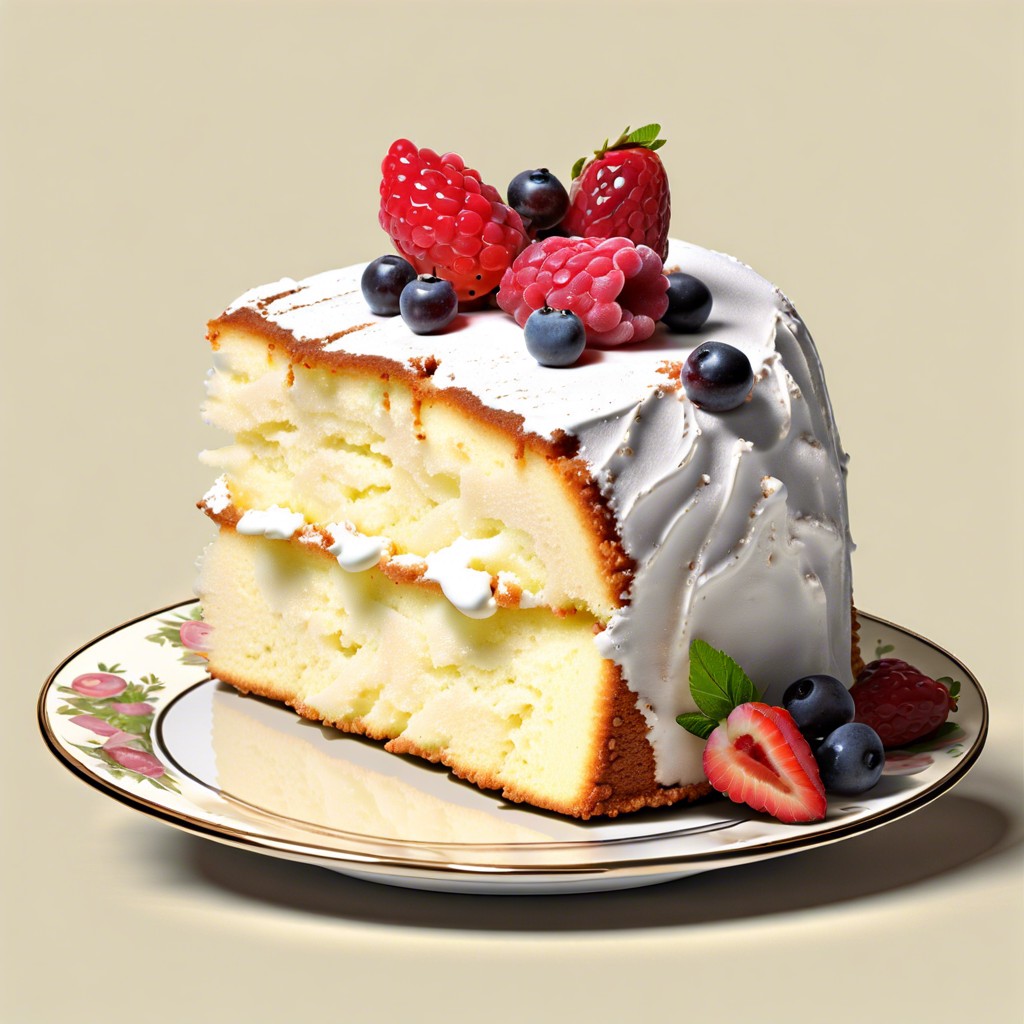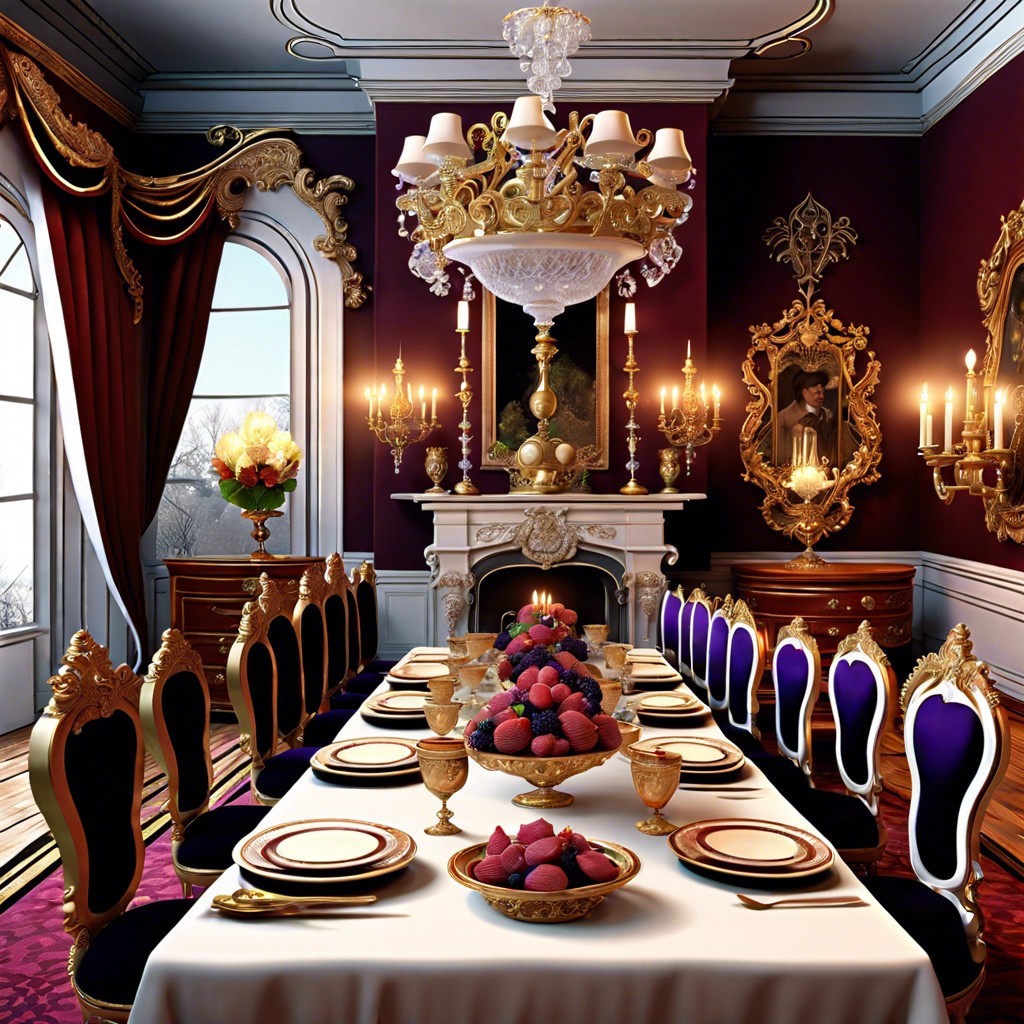Last updated on
Learn how to create vintage hairstyles that bring a touch of the past into your modern look.
Key takeaways:
- Vintage hairstyles tell a story of cultural history and artistic expression.
- Each decade had its own unique styles that reflected the social and economic conditions of the time.
- Vintage hairstyles have influenced modern fashion, blending old charm with new trends.
- The 1920s brought sleek finger waves and bob cuts, symbolizing women’s independence.
- The 1930s featured soft waves and chignons, reflecting elegance and the Great Depression.
Overview of Vintage Hairstyles: Definition, Origins, and Historical Importance
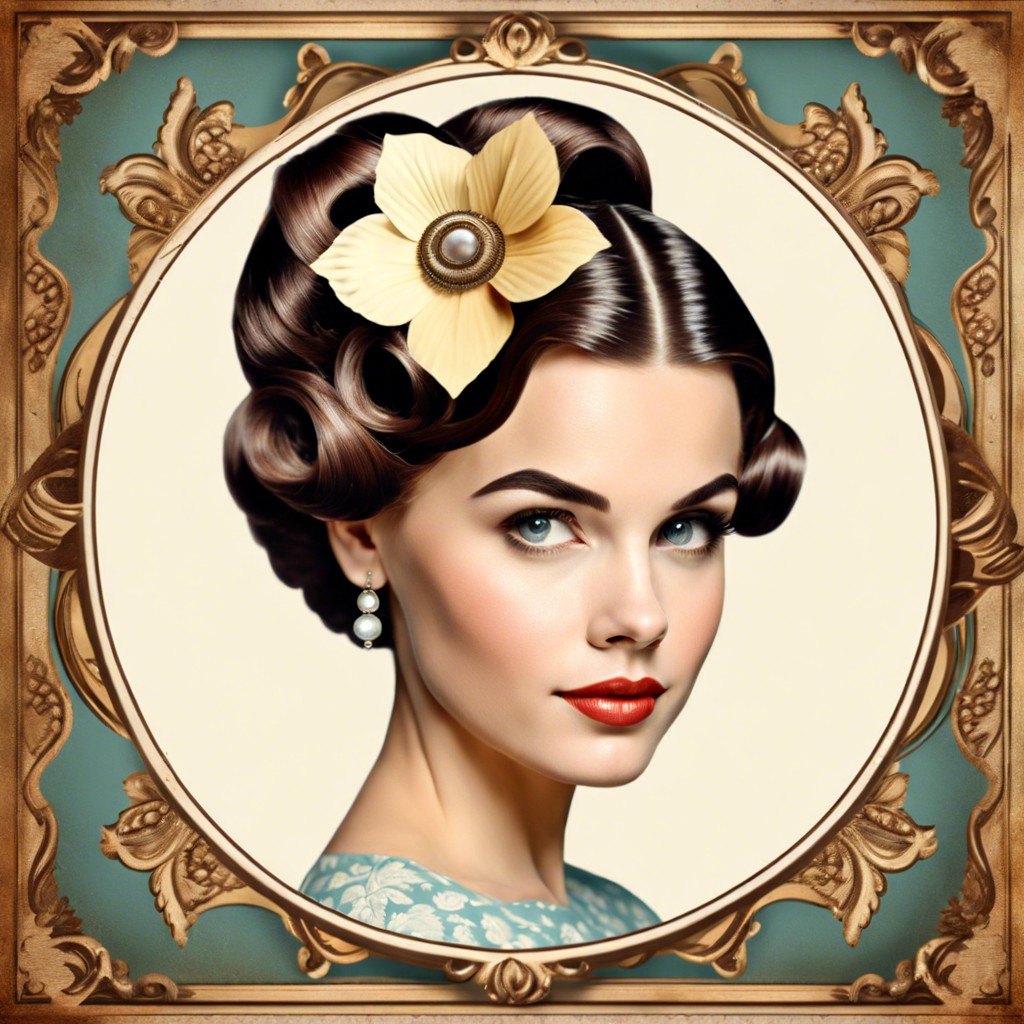
Vintage hairstyles are more than fashion statements; they are a rich tapestry of cultural history and artistic expression. Originating from various eras, each style reflects the social and economic conditions of its time. For instance, the glamorous waves of the 1930s echoed the desire for elegance during the economic downturn of the Great Depression.
These hairstyles also demonstrate the evolution of beauty tools and techniques. From the simple bobby pins used to secure 1940s victory rolls to the hair rollers that crafted the voluminous beehives of the 1960s, each tool has played a pivotal role in shaping these timeless looks.
Furthermore, vintage hairstyles have continually influenced modern fashion. Many contemporary styles borrow elements from the past, blending old charm with new trends, thus showing the enduring appeal and versatility of vintage hairstyles. This ongoing interplay highlights the historical importance of these styles, underscoring their significance in both past and present fashion landscapes.
Decade-by-Decade Guide to Vintage Hairstyles
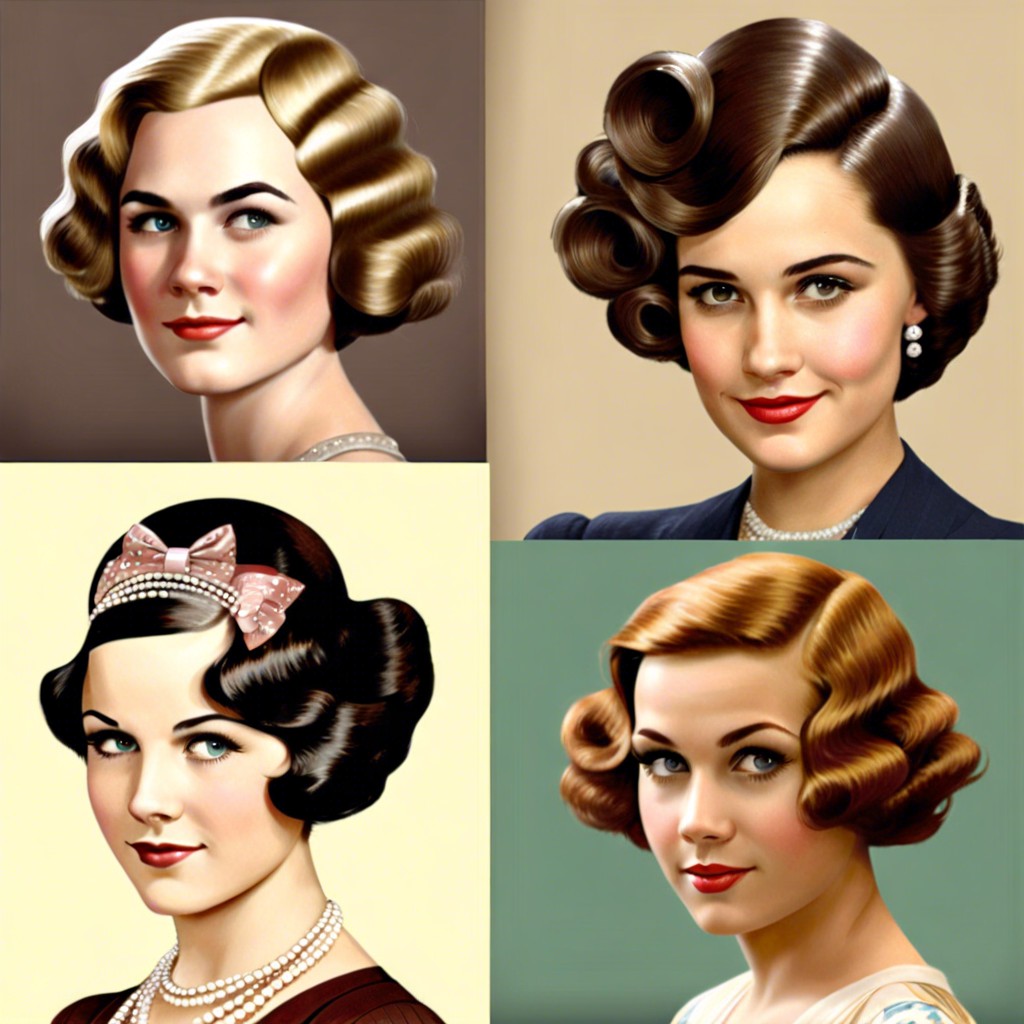
The 1920s roared with sleek finger waves and sharp bob cuts, epitomizing the freedom and rebellion of the era. This style suited the dramatic flapper dresses and reflected societal shifts towards greater women’s independence.
Moving into the 1930s, hairstyles softened to more romantic waves and elegant chignons, mirroring the need for comfort during the Great Depression. This period favored more conservative styles as a contrast to the previous decade’s flamboyance.
The 1940s brought resilience into fashion with Victory Rolls symbolizing support for troops in WWII. Women embraced practical yet chic waves that could last through long days in factories.
In the 1950s, the economy rebounded and so did hair volume. The poodle cut and structured pompadours echoed a new prosperity and suburban lifestyle. Hairstyles became a status symbol and a sign of the booming post-war American dream.
The 1960s saw a revolution in volume and height with the beehive, while flipped ends became popular through the mod fashion movement. These styles broke from traditional forms and showcased a youthful rebellion against more conservative norms.
1920s: Finger Waves and Bob Cuts
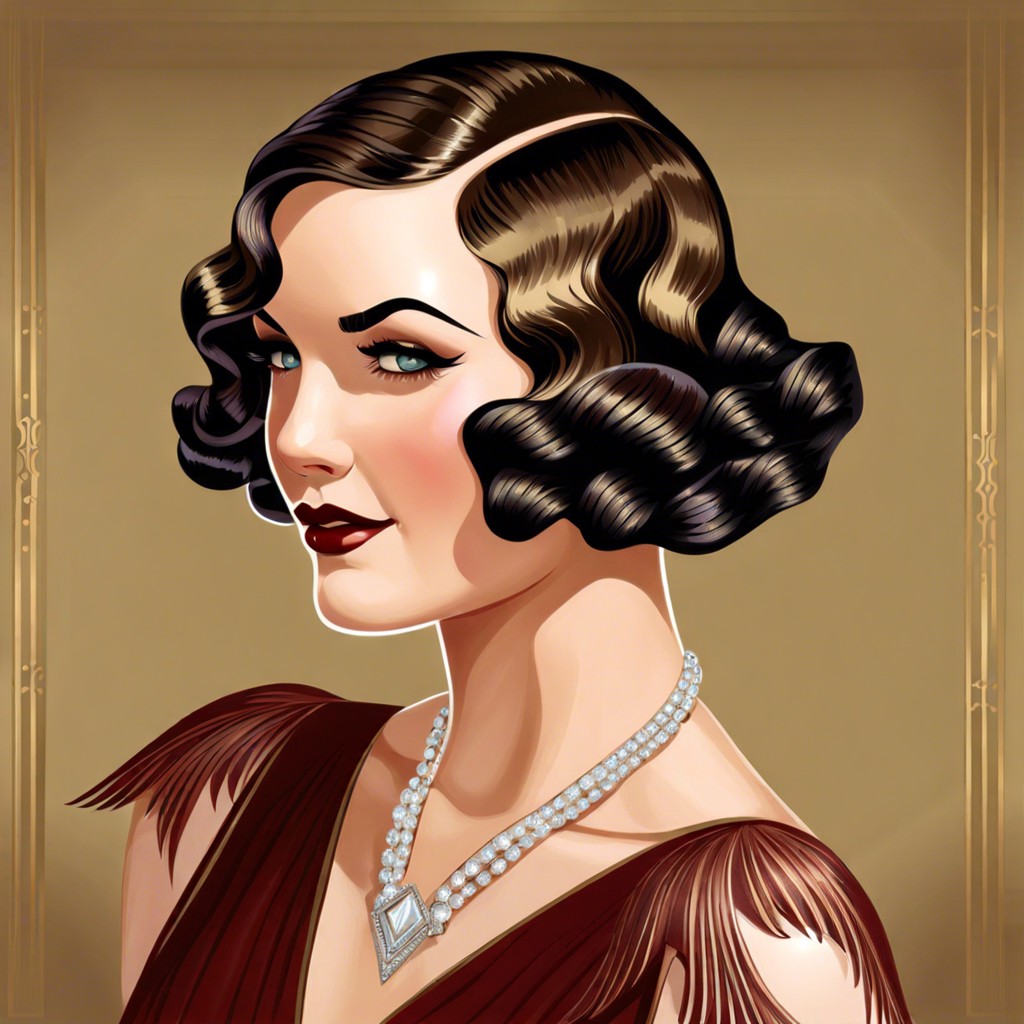
The 1920s birthed a revolution in hair aesthetics, seen vividly through finger waves and the iconic bob cut. These styles not only complemented the flapper dresses of the era but also marked a departure from the restrictive norms previously imposed on women’s fashion.
Finger waves involved using a comb and hair gel to create s-shaped curves close to the scalp, an elegant yet edgy statement. It was both a staple for everyday glamour and dazzling evening events.
On the other hand, the bob cut was a bold move toward simplicity and liberation, chopping long locks to just around the ear length. This cut was versatile, easy to maintain, and exuded a chic, modern vibe that resonated with the new freedoms women were embracing during the Roaring Twenties.
Together, these styles underscored a pivotal shift in societal norms, where women’s choices in personal styling became a powerful expression of independence and modernity.
1930s: Soft Waves and Chignon
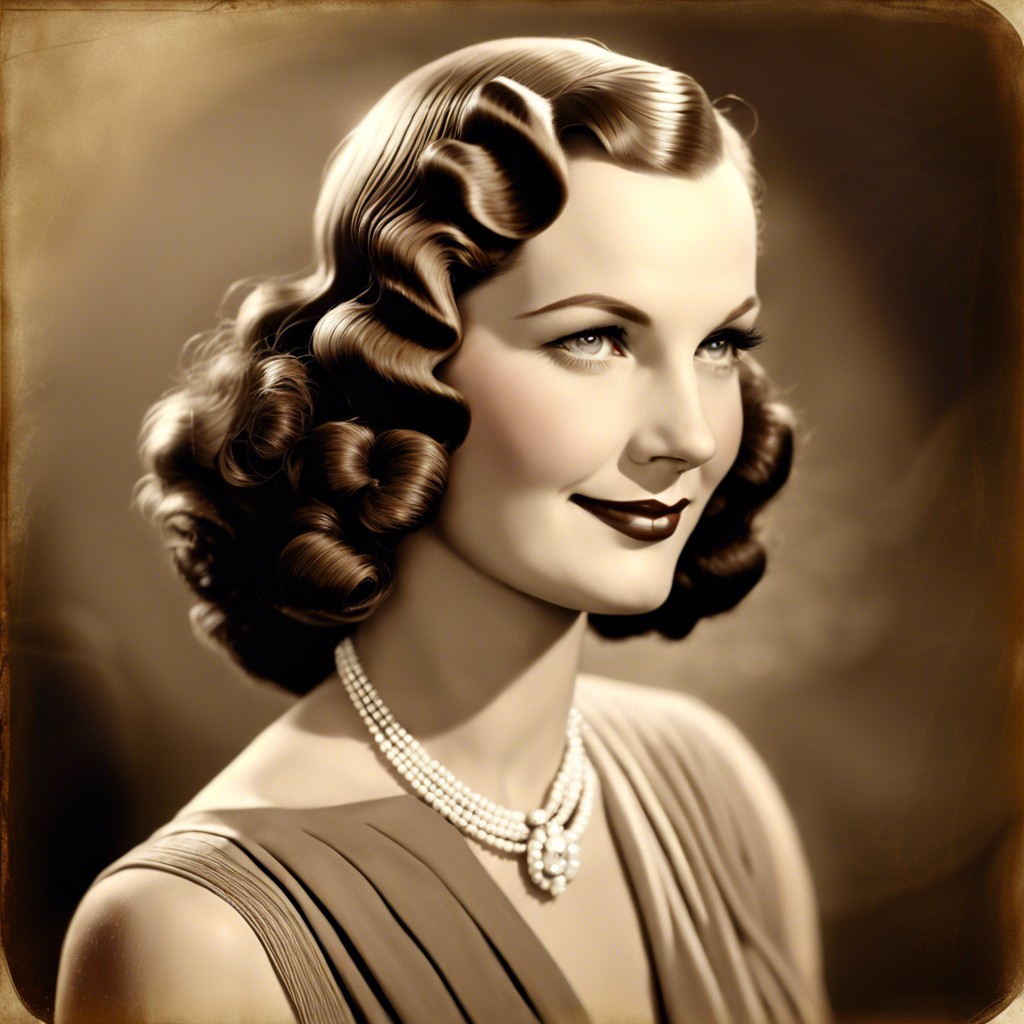
The soft waves and chignon of the 1930s exuded elegance during a challenging era. As the roaring twenties receded, the economic hardships of the thirties influenced a more subdued and refined approach to beauty. Women favored gentle, flowing hair waves, achieved using wet setting techniques where damp hair clung tightly to the head under a scarf overnight.
Chignons, too, told a tale of sophistication. Typically positioned at the nape, these low bun styles were a favored choice for formal occasions. They symbolized neatness and restraint, much like the societal demeanor of the decade. Often, ladies would adorn their chignons with accessories such as combs or decorative clips, adding a touch of personal flair to a generally conservative style.
This hairstyle didn’t just mirror the aesthetics of the time; it was a strategic choice too. Both styles are notably low-maintenance, suiting the less extravagant lifestyle that many led during the Great Depression. It’s intriguing how style evolves as a reflection of the socioeconomic canvas of the period.
1940s: Victory Rolls and Waves
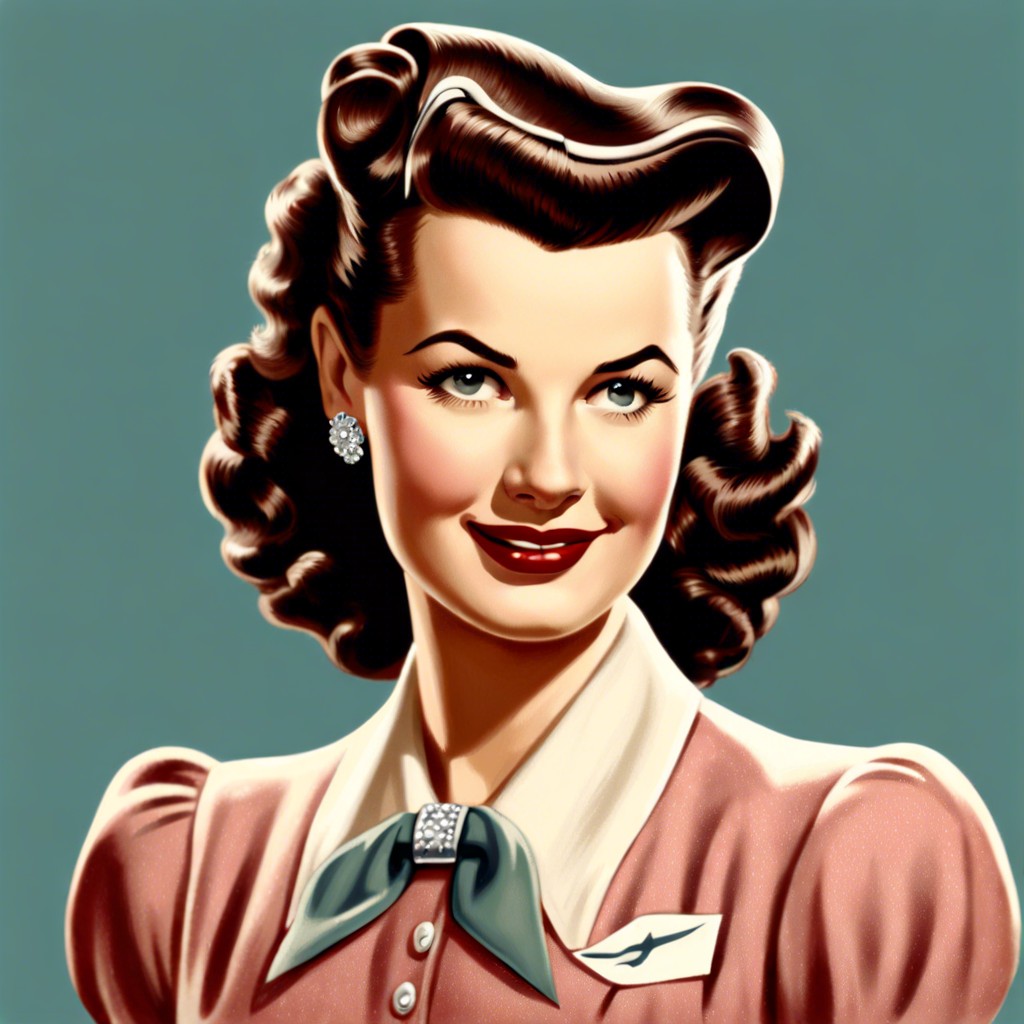
Victory Rolls epitomize the resilient spirit of the 1940s, reflecting the era’s wartime optimism. Women styled their hair upward into voluminous curls resembling “victory.” These rolls were often paired with waves that added a soft, feminine touch contrasting the boldness of the rolls.
To achieve this look, one would section the hair, roll it around fingers or curlers, and secure it near the scalp. This technique not only created an elevated aesthetic but also demonstrated practicality by keeping hair out of the face during wartime work.
The dual nature of this style—both glamorous and pragmatic—made it a staple for both everyday wear and special occasions. The waves provided a graceful frame for the face, enhancing the overall elegance of the hairstyle. This style continues to inspire fashion trends and hairstyling techniques to this day.
